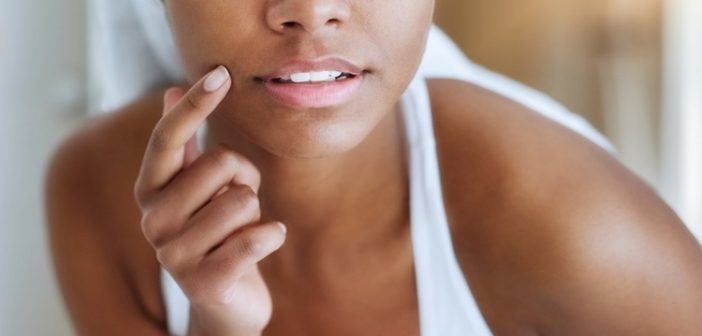The skin is the largest organ of a human body that acts as a barrier against bacterial infections. Many bacteria come in contact with or inhabit on the skin, they are not able to establish an infection. But when bacterial skin infections occur, they vary in size from a tiny spot to the entire body. They range in severity from mild to life-threatening. The majority of these infections are caused by staphylococcus aureus that is a variant of streptococcus.
In some cases, the symptoms might go away on their own. While in most cases, the doctor may recommend the patient with an antibiotic or over-the-counter analgesic medicine. Cyclopam is an analgesic that is used to treat a certain type of intestinal problems and stomach cramps. Cyclopam uses range from treating intestinal bowel syndrome to relieve muscle spasms.
Mentioned below is the list of bacterial skin infections caused by women.
1.Cellulitis: This is a bacterial infection that affects the deeper layers of the skin such as the dermis and subcutaneous tissue. This condition is associated with staphylococcus and streptococcus, although other types of bacteria can also cause this condition. It develops in areas where the skin has been broken, like near ulcers and surgical wounds.
2.Abscess: An abscess is a collection of pus caused by bacterial infection. It appears as a swollen, pus-filled lump under the surface of the skin. They are painful to touch and can show up any place on the body. The most common sites on the skin are: armpits, around a tooth, (in case of a dental abscess), areas around anus and vagina, and groin. Inflammation around a hair follicle can cause the formation of an abscess, that is called a boil.
A small abscess can drain naturally or dry up without any treatment. But large abscess may be treated with antibiotics in order to clear the infection and drain the pus.
Women can reduce the risk of bacterias by washing their hands regularly and not sharing their towels.
3.Folliculitis: Folliculitis is an infection of the hair follicles that may be caused by bacteria and fungus. It is often characterized by tiny bumps that contain pus. This condition is more common among people with acne. It causes small bumps on the skin that can be red, white or yellow in colour. They are accompanied by soreness, itching and swelling.
Some cases can resolve on their own without treatment, but if the infection becomes severe it can cause permanent hair loss.
4.Toxic shock syndrome: This condition occurs in women during their menstruation period, mostly associated with tampon use. Toxic shock syndrome is a rare but life-threatening condition that affects many systems in the body at once. It is caused when the immune system reacts to toxins produced by the bacteria. It develops with high fever, muscle ache and diarrhea.
Depending upon the cause of TSS, the doctor may want to:
- Take out tampons or other contraceptive devices
- Drains the pus from an infected area
For more you can consult with Dermatologist in Delhi
5.MRSA infections: MRSA is a bacterial infection that is not cured by antibiotics. It causes a mild or ulcerative sore on the skin that can lead to serious infections and spread through the bloodstream to infect other organs like lungs and urinary tract. If not cured, systemic MRSA can be dangerous. It is contagious and often contracted in hospital after surgery.
6.Hidradenitis suppurativa: This is a rare skin condition that causes painful lumps under the skin. They develop when the skin rubs together, like armpits, groin and under the breasts. These lumps may break open and smell cause tunnel-like tracts under the skin. It starts after puberty and can persist for many years. Early diagnosis and prevention can help in controlling the symptoms, keep new lumps from forming, such as scarring or depression.
7.Erythrasma: This bacterial skin infection is a chronic or long-term condition that appears in the folds of the skin. It is caused by C.minutissimum bacteria. It appears in the areas on the body where the skin touches the skin, like under the breast or groin area. The most common symptoms of this condition are pink, red and brown skin patches that vary in size. The patches vary in size, they look pink or red in the beginning and then they may become brown and scaly.
In order to prevent bacterial skin infections, one should keep the skin clean and undamaged. When the skin is cut, the injury should be washed with water and covered with a bandage. In most cases, doctors recommend that people should not use antibiotic ointments on minor wounds because of the risk of developing an allergy to the antibiotic.





Its a great and perfect site for us because here we can gain more things easily and here we can get more help for the work.